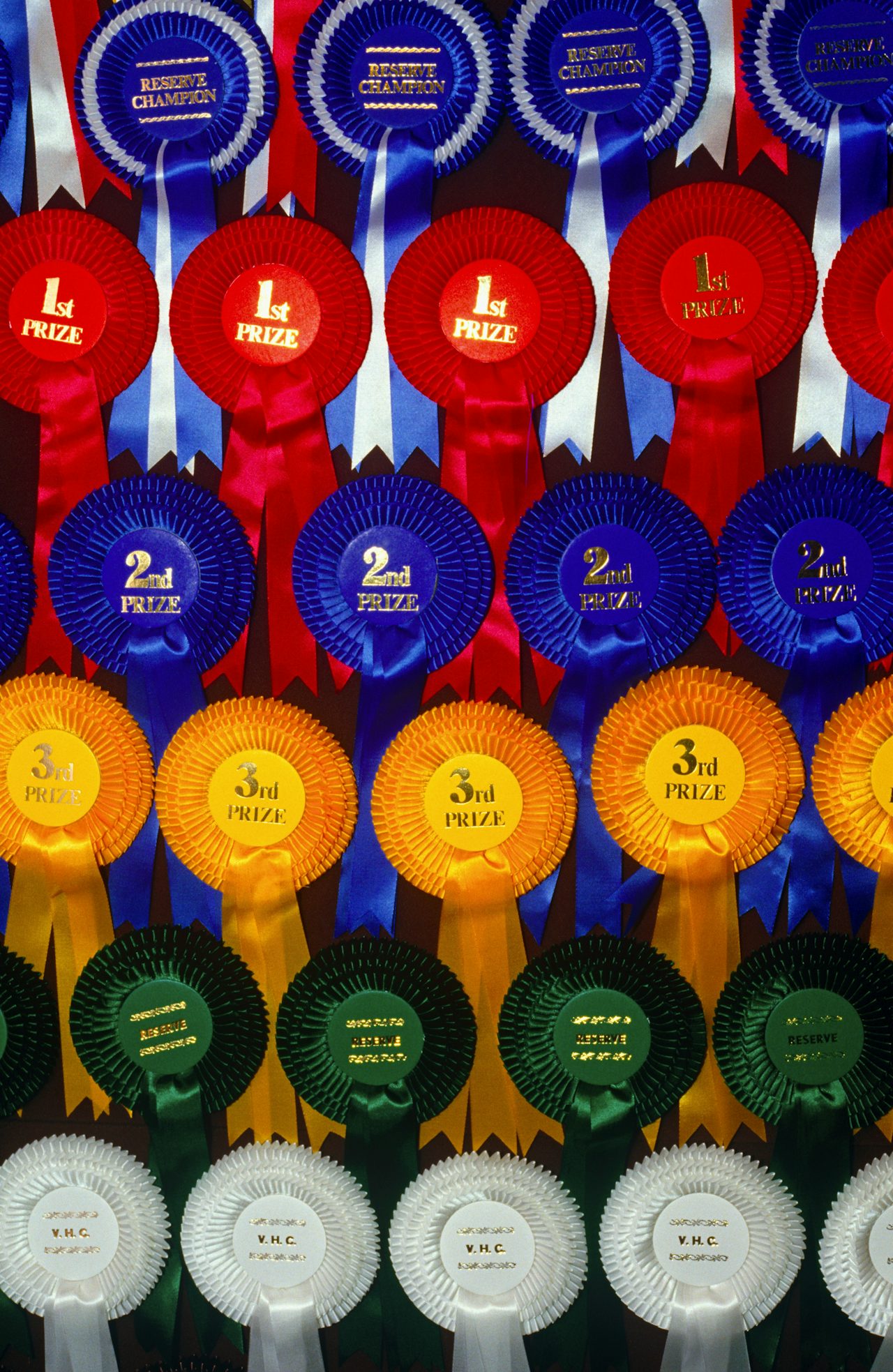I’m in the market for a new desk, and the idea of buying the perfect one online has brought me some joy during the otherwise mercurial moving process I have recently undergone. I started this adventure as any other sensible consumer would, by Googling “best desks” and then trying to decide which article I trusted the most. Many hours later, I still don’t have a desk. But I’m continuing on, inspired by my faith that I’ll find the best one for me, and effectively crippled by the fear that I might accidentally choose something that is the worst. It’s an exercise that is repeatable for everything life has to offer, and the way “suggested searches” tells it, it’s something we’re all doing. Shopping for life experiences and guidance the same way we shop for new items to fill our homes.
Luckily, guides telling life consumers how to identify what’s actually the best are all around. The kind of product testing and evaluation that used to be the bailiwick of Consumer Reports and Good Housekeeping has now been taken up by places like New York magazine’s The Strategist and the New York Times’ The Wirecutter. Alt-weeklies and city magazines in every metropolis have expanded what was once reserved for “best of” guides to regular parts of their arts and culture coverage. Respected news outlets tell us the best places to go to school and ways to sneeze. And national websites with armies of writers are churning out best lists left and right, motivated by affiliate advertising more than the desire to share an opinion. Thanks to them all, I’ve gotten to try all the bests: just-ok restaurants, ineffective beauty products, slippers I guard with my life.
All this content is supposed to guide anxious travelers on a journey through a world where everything can be consumed, and one thing can be “the best.” And while the constant search for the best mimics progress, it can too easily becoming limiting. “Bests” and “worsts” do away with nuance and subjectivity, especially in realms like arts and food writing where those assigning the roles are too often white and male.
The idea that there is one best anything for everyone is as far-fetched as it sounds.
Even when it comes to using this drive for objective polarity for good intentions — whether it means sending a white dude out to find a city’s best barbacoa or naming a queer dance party the best because it’s the first one to garner publicity — the idea that there is one best anything for everyone is as far-fetched as it sounds. But it motivates a large chunk of arts, culture, and general interest coverage across all kinds of publications and platforms. Even real estate media is getting in on the trend.
The 3 Best Open Houses This Weekend Are Condos https://t.co/TYa2CD5Ljepic.twitter.com/uSHl0rEB5A
— Washingtonian (@washingtonian) April 1, 2017
Where to find the best beaches in the Greek Islands: https://t.co/Pcw8unjHPDpic.twitter.com/4bRPnXKfV1
— Condé Nast Traveller (@cntraveller) July 4, 2017
Articles claiming that something is the “best” should be rare, eyed with suspicion by the ever suspicious consumer. But they’re not. I would have probably been alarmed to not find at least one article telling me where to find the best desk (wherever it still is). But with the race to find the best at the heart of so much media we consume today, such articles can only be trusted if they come from an established outlet with legitimacy, the same institutions that are slow and struggle to add marginalized people to their ranks.
But when it comes to bests outside the traditional world of product testing, there’s a less populated space where shades of grey exist, where not every leisure time experience is a victory or a failure, a choice between life and death during precious non-productive hours. It’s a precious space where the best arts and culture writing survives, and where the expert white dudes doesn’t dominate over all.


